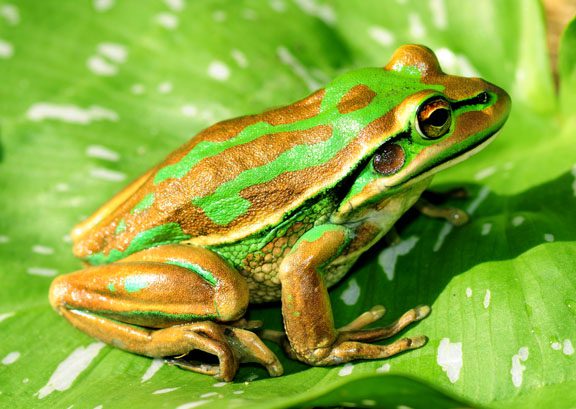The Intergovernmental Science-Policy Platform on Biodiversity and Ecosystem Services (IBPES) released a report demonstrating that more than 40% of amphibian species are at risk of extinction caused by humans.
Endangered frogs in the Illawarra have been reflected in the IBPES report which has shown the destruction caused to their habitats including wetlands, forests, marshes and swamps where there has been a decrease in frog populations.
Frogs endangered in the Illawarra are the green and golden bell frog and the stuttering frog while the giant burrowing frog, the red-crowned toadlet and the littlejohn’s tree frog are vulnerable frogs.
Tiffiny Holz, a conservation biological science student said “Frogs play such vital roles in ecosystems. Conservation measures need to be put in place now to reduce the number of species that are threatened”.
The highly endangered green and golden bell frog is found on the east coast of Australia surrounding the Sydney region and found in the Illawarra, generally associated with wetlands, coastal swamps, marshes and woodlands.
By 2000, more than 85% of wetlands have been lost at an alarming rate that is currently three times faster, in percentage terms, than forest loss.
Holz added, “two major ways to prevent the decline of frog species is to reduce the amount of land clearing and habitat destruction and to reduce the overall pollution that enters these habitats”.
The IBPES report revealed the daunting statistic that one million species are at risk of extinction within decades with amphibians, coral and marine life heavily targeted.
IBPES chair, Sir Robert Watson, “The health of ecosystems on which we and all other species depend is deteriorating more rapidly than ever. We are eroding the very foundations of our economies, livelihoods, food security, health and quality of life worldwide.
“The Report also tells us that it is not too late to make a difference, but only if we start now at every level from local to global,” Watson said.


